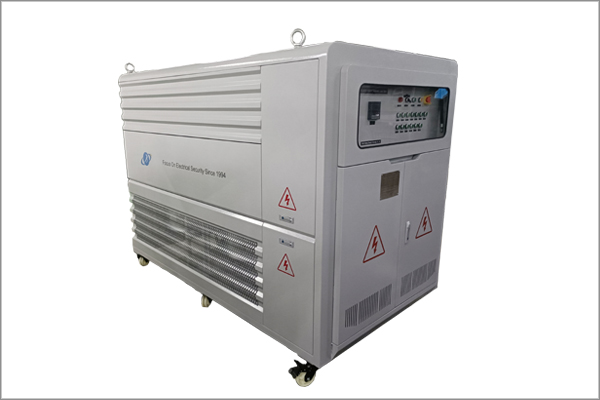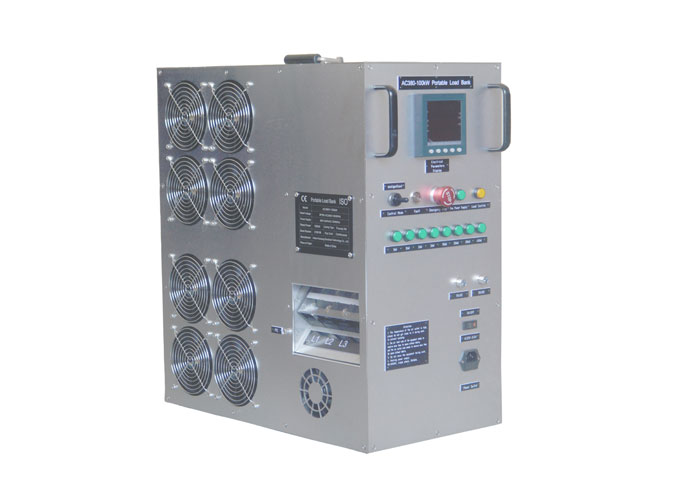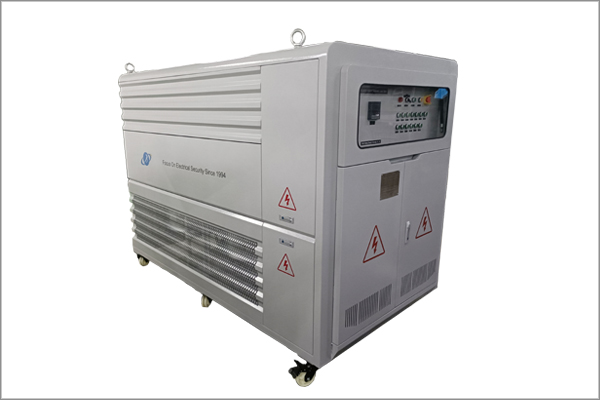Precautions for Generator Testing
Time:2025-07-15
Safety is always the primary consideration when conducting generator testing, and precise operation is also crucial to ensure reliable test results. Here are some key points that must be noted:
Firstly, pre-test preparation is of vital importance. It is necessary to carefully inspect the appearance of the generator to check for damaged, loose parts, oil leaks, etc. Ensure that all connecting lines are correct, and the grounding device is firm and reliable to avoid electric shock or equipment failure caused by line problems. In addition, prepare necessary testing tools and protective equipment, such as insulating gloves, safety helmets, multimeters, etc., to ensure that the tools are in normal working condition.
Secondly, operational specifications during the testing process must be strictly followed. Before starting the generator, check the levels of fuel, oil, and coolant to ensure they meet the operating requirements. When starting, follow the correct operating procedures, avoid sudden acceleration or frequent starting to prevent damage to the engine. During the testing process, pay close attention to the operating status of the generator, including changes in parameters such as voltage, current, frequency, and temperature. If any abnormalities are found, stop the machine immediately for inspection, and continue the test only after troubleshooting. At the same time, keep the test site clean and well-ventilated, and prohibit stacking flammable and explosive materials nearby to prevent fires or explosions.
In addition, different types of generator tests have their specific precautions. For example, when conducting a load test, the load should be increased gradually to avoid overloading the generator due to excessive one-time loading; when conducting an insulation resistance test, ensure that the connection between the testing equipment and the generator is correct, and all external power sources should be disconnected before testing to prevent interference with the test results.
Finally, the work after the test cannot be ignored. The generator should be shut down in the correct order, and relevant switches and valves should be closed. Sort out and analyze the test data, and record the operating status of the generator and existing problems. Clean and maintain the generator, check the status of each component, and prepare for the next use.
News Recommendation
-
 2024-09-11
2024-09-11TRIUMPH LOAD EXHIBITING AT Enlit Europe 2024 -BOOTH 7.H08
-
 2023-04-21
2023-04-21TRIUMPH LOAD EXHIBITING AT DATA CENTER WORLD GERMANY 2023-BOOTH F909
-
 2023-04-06
2023-04-06TRIUMPH LOAD EXHIBITING AT ELECTRIC POWER TECH KOREA 2023 – Booth G109
-
 2022-05-05
2022-05-05What is the role of ac load bank for power supply?
-
 2022-05-05
2022-05-05What is the role of the load bank?


